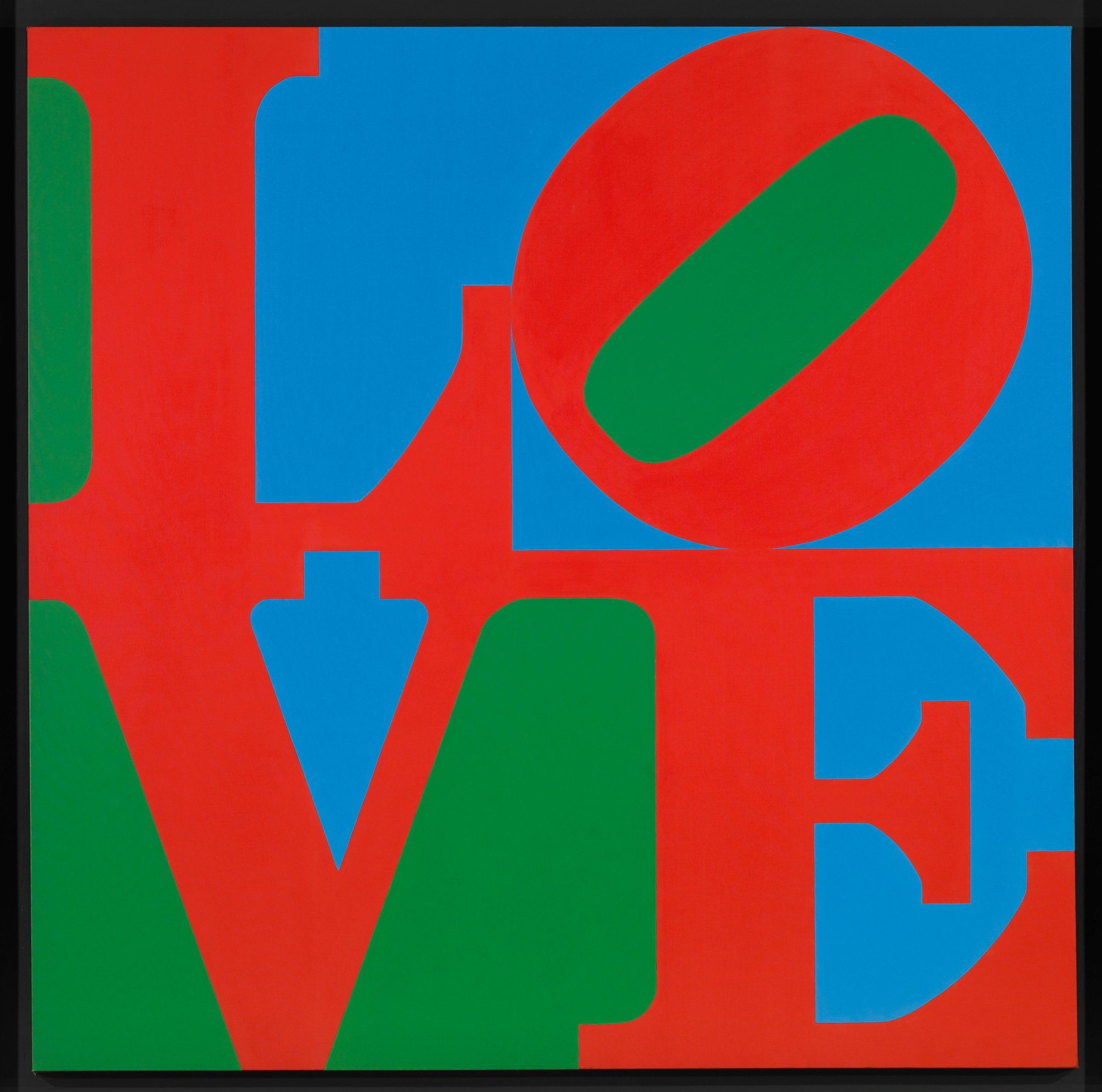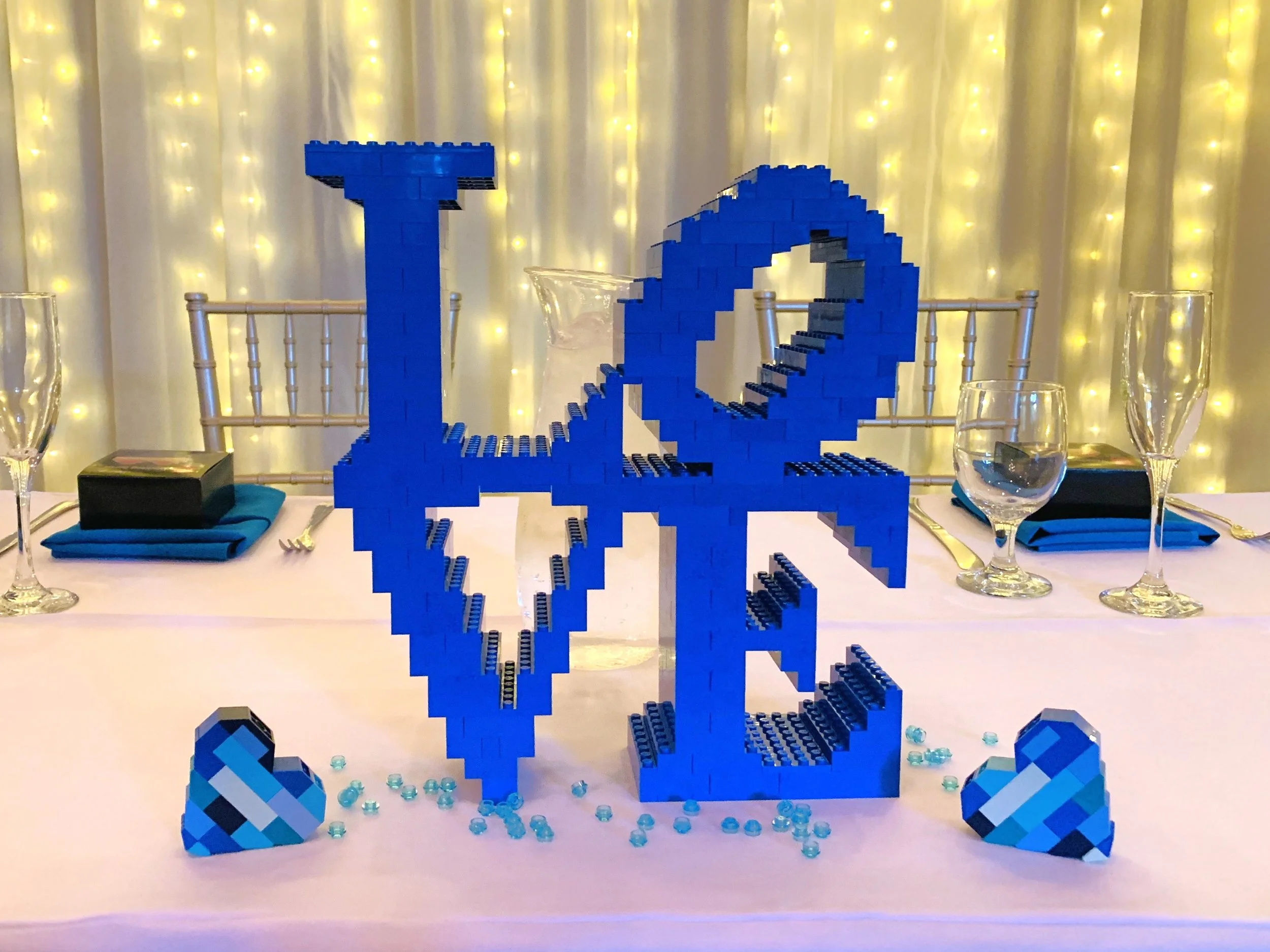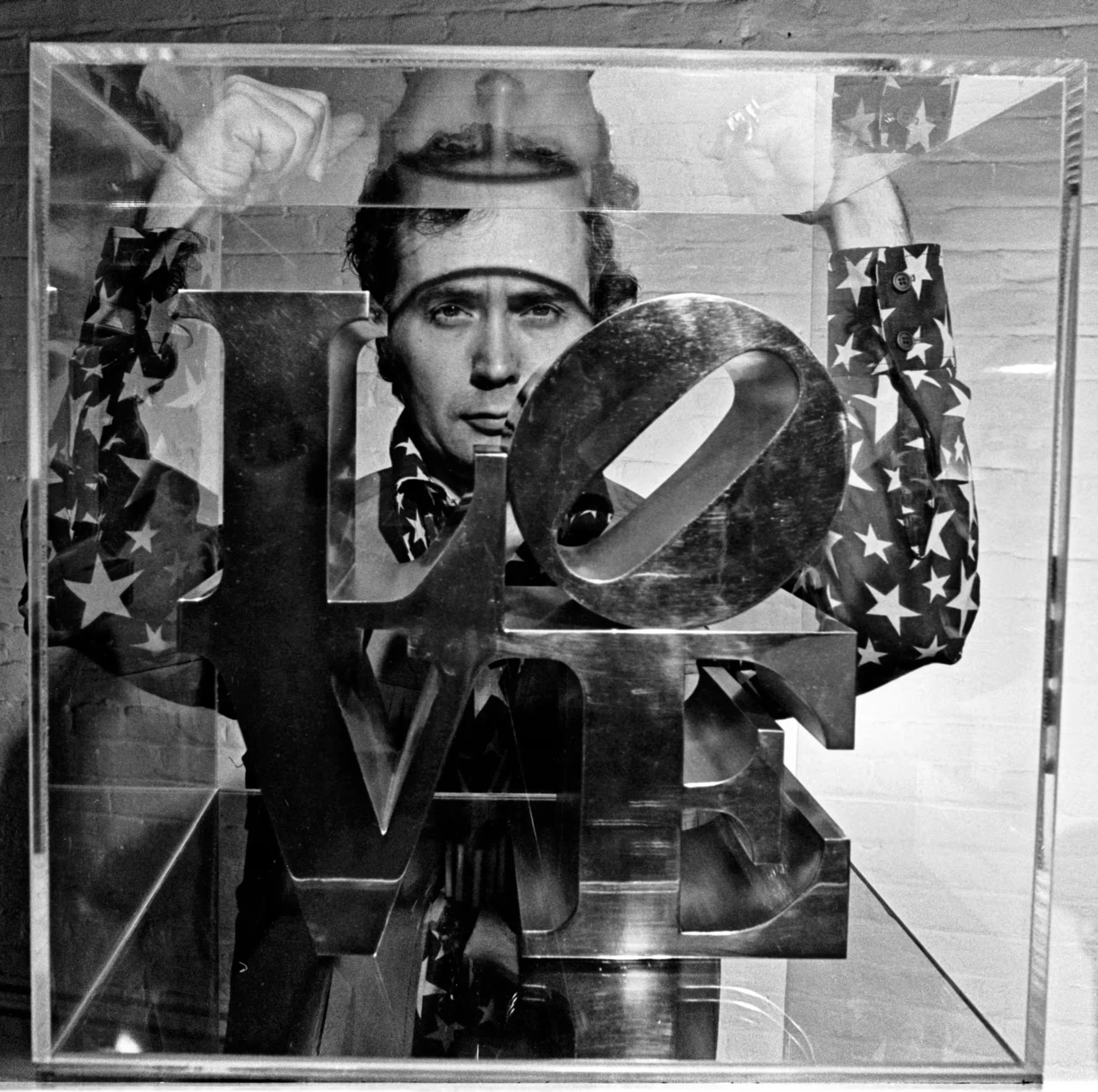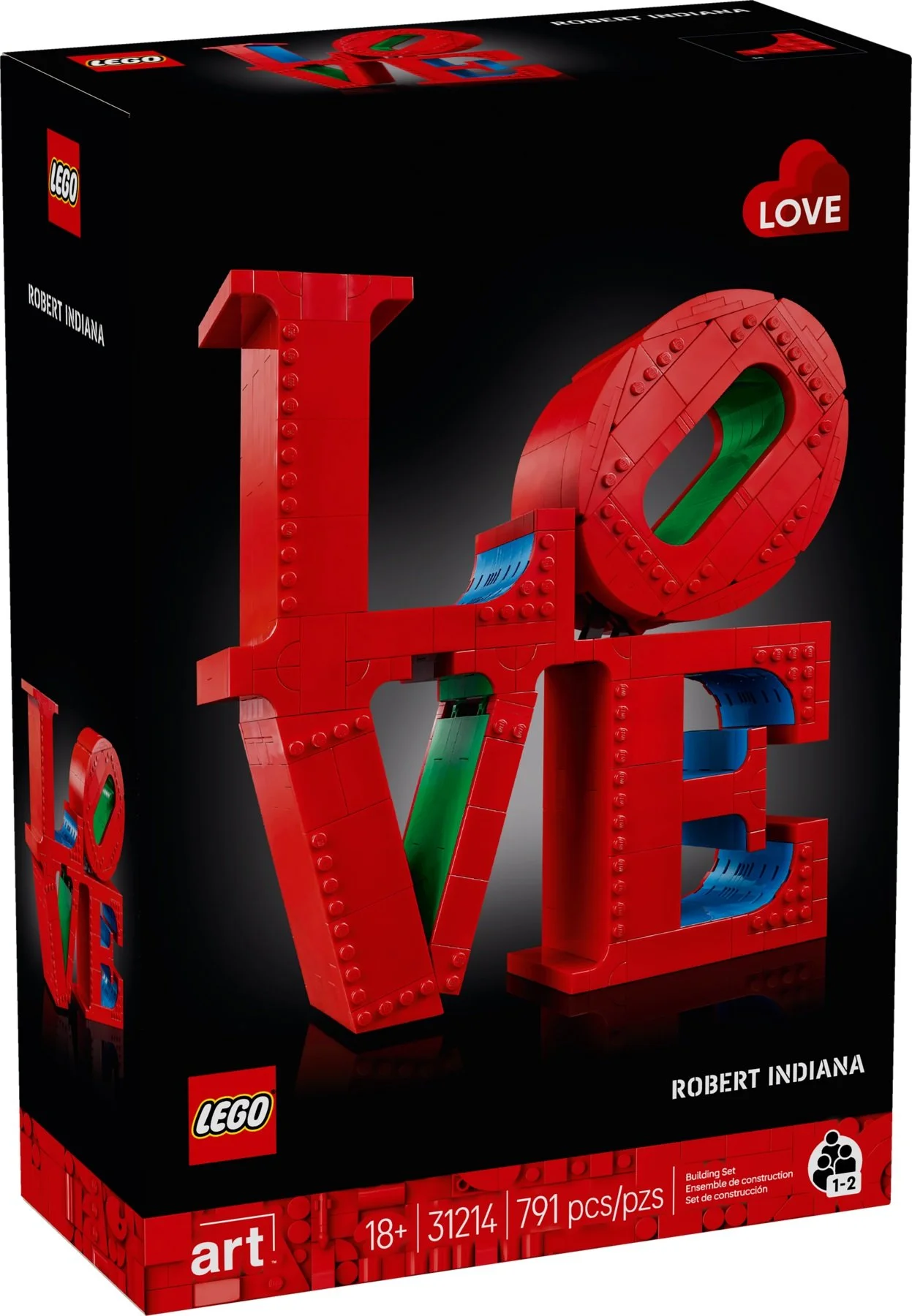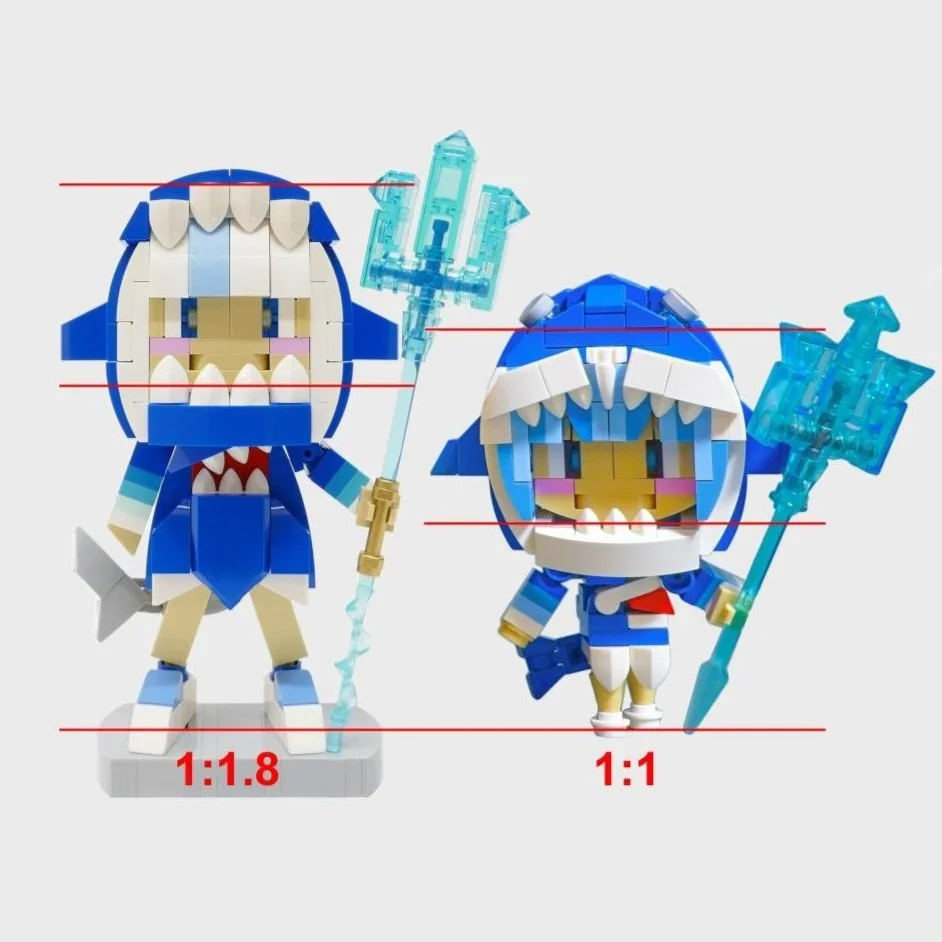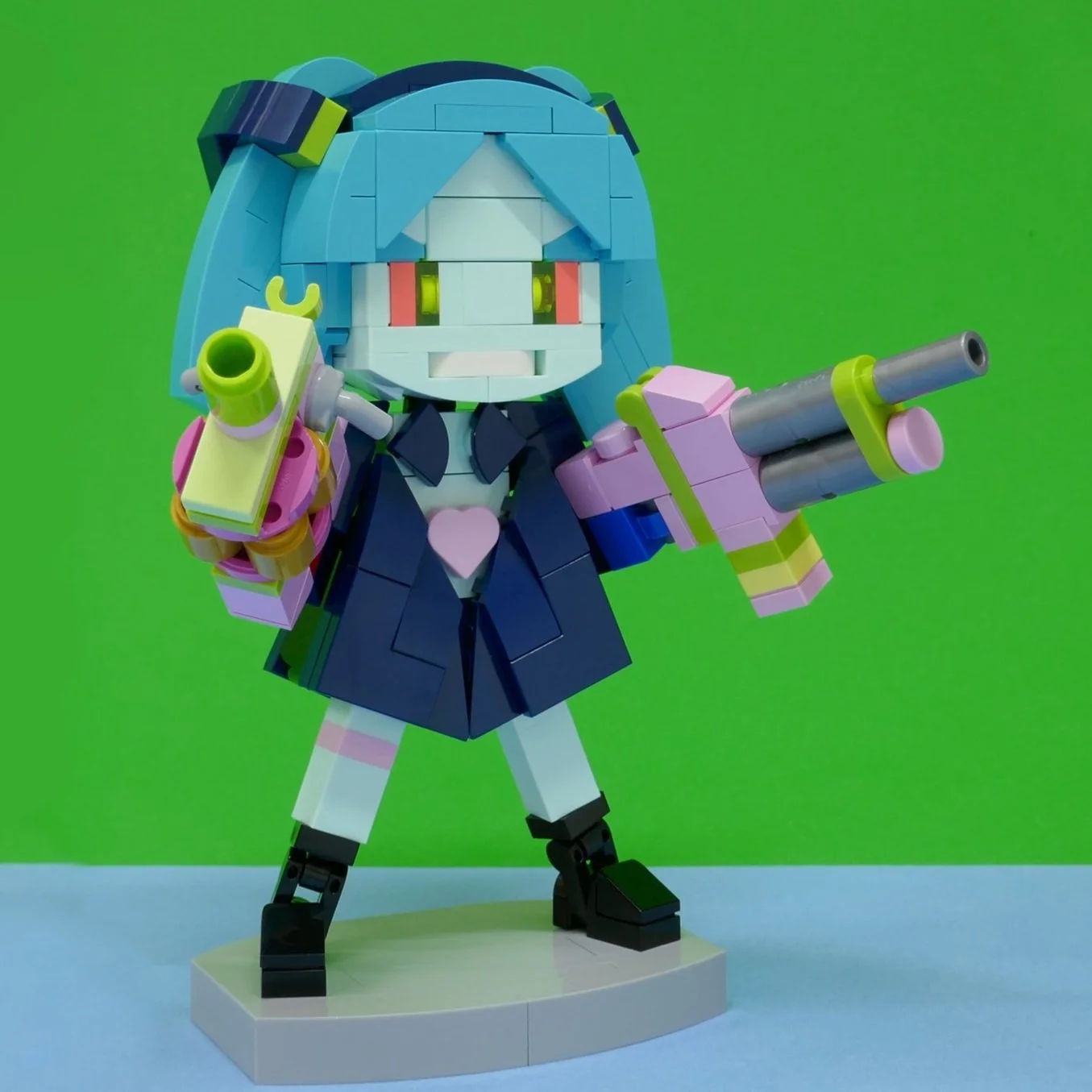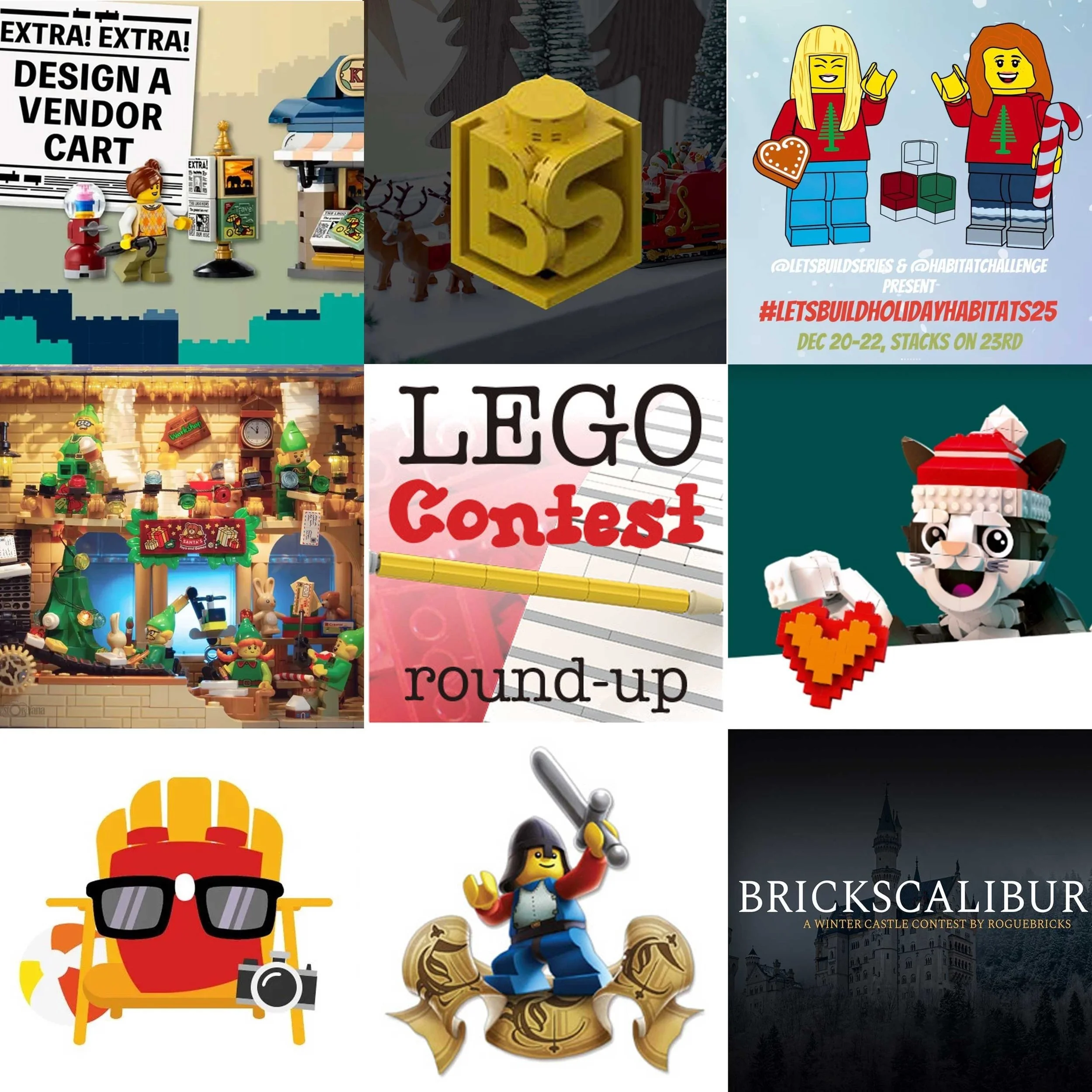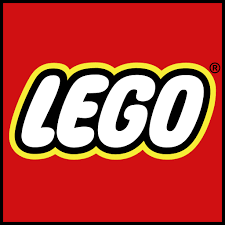The Power and Problem of Pop Art: All You Need is LEGO LOVE
/In the 1960s, a new art movement emerged that transformed everyday objects and commercial imagery into high art. Pop Art challenged traditional boundaries, bringing mass culture into galleries and museums. Today, that movement’s influence endures—not just in paintings, ads, and digital media but in LEGO sets.
IMage by Dave Schefcik
LEGO’s latest set release pays tribute to one of Pop Art’s most iconic symbols: Robert Indiana’s LOVE sculpture. With its bold typography and striking simplicity, LOVE has become one of the most recognizable pieces of 20th-century art, appearing in parks, museums, and public spaces worldwide.
But how did a simple four-letter word become such a cultural phenomenon? And what does LEGO’s take on it say about the ongoing relevance of Pop Art? Let’s take a closer look at the piece’s history, how the artist viewed his own work, and what LEGO Art set 31214 LOVE says about art and commercialization.
The Genesis of LOVE
Robert Indiana’s LOVE design was first sent to the masses in 1965 as a simple Christmas card commissioned by the Museum of Modern Art (MoMA) in New York. (An original of those cards signed by the artist sells for more than $4,000.) At the time, Indiana was already an established figure in the Pop Art movement, known for his bold use of typography and industrial aesthetics. But this project—featuring the now-famous stacked letters with the tilted “O”—would change his career forever. “I did prints so that everyone could own an Indiana, not just the richest people. That was my intention,” Indiana said in an Artspace interview.
Image via RobertIndiana.com
The design struck a chord. By 1970, Indiana had transformed his image into a three-dimensional steel sculpture, which was first displayed at the Indianapolis Museum of Art. From there, the LOVE sculpture spread rapidly, appearing in Philadelphia, New York, Tokyo, Madrid, and Jerusalem, among other cities.
Image via THe Guardian
Over time, LOVE became more than just a sculpture—it became a symbol of unity, peace, and shared human experience. By the 1970s, the LOVE design appeared on a U.S. postage stamp, cementing its place in American culture. Variations emerged, including Spanish (AMOR) and Hebrew (AHAVA) versions, reinforcing its universal message. And now, over 50 years later, it finds itself reimagined yet again—this time through LEGO.
Image via MyModernMET
Building LOVE
I had the chance to build this set at Thanksgiving for about an hour while waiting for our turkey dinner to finish cooking (so please forgive the lack of photos). I brought it along because my husband’s family lives just outside of Philadelphia, the city home to one of the most famous LOVE sculptures (but more about that later).
Starting to build and a little confused by beginning with the “L” and the “E” letters, I realized this accomplished two things: creating structural stability for the finished model and providing an opportunity for more than one person to build the set at the same time. The set was fairly easy and straightforward for an experienced builder, so I suspect this will be a great entry model for the newly rebranded LEGO Art lineup.
Visually, the red model is striking with clean lines and bold typography, with blue and green exteriors harkening back to Indiana’s original work and a few of his sculptures around the world. I was most excited to see how the tilted “O” would be constructed, and while the outside curves aren’t perfect close up, they look nearly perfect looking at it from a little distance.
Image via LEGO
I was actually a little surprised that the set was only about 10 inches tall when completed. The finished model should fit on most bookshelves, and the size was likely determined by the radius of LEGO’s curved bricks and tiles to match the font—a font I know very well because I made a studs-up version in blue as the centerpiece for my wedding.
LOVE centerpiece made by Dave Schefcik
My husband is from Philadelphia where Love Park is located which has one of Indiana’s more famous sculptures. Plus, art has always been a big part of my life—so the choice of LOVE for our wedding was a no-brainer. I’ve also seen dozens of LEGO MOCs of the iconic Pop Art image which are too numerous to include in this article, though each is unique in its interpretation of LOVE.
LOVE centerpiece made by Dave Schefcik
This is the beauty of both LEGO and Pop Art—they invite interpretation, reinvention, and customization. Indiana’s original work may be a fixed steel sculpture, but in LEGO form, LOVE becomes something dynamic, something that builders can reshape, resize, and recolor to fit their own experiences. Whether it’s a small desk display or a wedding centerpiece, LOVE continues to evolve in the hands of builders around the world.
Dave and his husband finding one of Indiana’s LOVE sculptures at the BYU MUseum of Art in 2019.
The Complicated Legacy of Robert Indiana
It would be easy to assume that Robert Indiana saw LOVE as his crowning artistic achievement—a piece that transcended gallery walls to become a global symbol. But in reality, his relationship with the work was far more complicated.
The original LOVE stamp via the Postal Museum
For one, Indiana never intended LOVE to be classified as Pop Art. While he was frequently grouped with the movement alongside Andy Warhol, Roy Lichtenstein, and Claes Oldenburg, Indiana viewed his work as more rooted in American Modernism and Hard-Edge painting. “I was the least Pop of all the Pop artists,” he said in an interview, acknowledging its cultural impact while distancing himself from its commercialism. “People in the art world were not impressed at all.”
What made LOVE unique wasn’t just its universal message but also the fact that Indiana didn’t initially receive a copyright for the design since “words cannot be copyrighted,” he said. That outcome—whether intentional or not—meant that LOVE has been freely reproduced on posters, keychains, mugs, and postcards without Indiana seeing a cent from the global phenomenon it became. (The design has since gone through some copyright disputes with his estate and another foundation.) While Warhol embraced the intersection of art and commercialism, Indiana was locked out of the financial success of his most famous work.
“While a lot of other people’s mothers were busy needlepointing LOVE pillows, I got a thousand dollars from the Postal Service for three hundred and thirty million stamps,” Indiana said in an interview. “It was the most popular stamp ever issued, barring Christmas stamps.” He also had changing feelings about LOVE near the end of his career. “[LOVE] was a marvelous idea, but it was also a terrible mistake,” he admitted in later years before he died. “It became too popular. And there are people who don’t like popularity.”
Yet once again, Indiana’s LOVE has been reinterpreted anew—this time as a LEGO set (and hopefully with the blessing of his estate since his name is printed on the box). In some ways, the set feels like the logical next step for an artwork that has already jumped from high-end galleries to street-side souvenir shops. But it also raises questions: Does the LEGO set make LOVE even more accessible, or does it dilute the meaning behind Indiana’s work? Is it honoring his legacy, or further proving his point about losing control of his most famous creation? Indiana may not have wanted LOVE to be Pop Art, but Pop Art had other plans.
The Intersection of Art and Commerce
Image via UNLV
To better understand the intersection of art and commercialization, I spoke with Jerry Schefcik who is the Director of the Donna Beam Fine Art Gallery at UNLV (and, as it happens, also my father). With over 35 years of experience curating and teaching art (as well as being an artist himself), he’s seen firsthand how pieces transition from the artist’s original intent to cultural phenomena… sometimes in ways the artist never anticipated.
One of the key challenges he mentioned is the disconnect between what an artist creates and how it is received by the public. “The artist has a particular point of view or idea in their work. That’s their approach,” he explained. “But the viewer comes to it with a whole different set of values, experiences, and ideas, and often, they see something different than what the artist intended.”
He said that tension between artist intent and audience interpretation is especially pronounced in Pop Art, where images feel more similar to modern branding and carry built-in familiarity. “Our response to Pop Art is shaped in large part by our exposure to commercial culture,” Schefcik said. “We don’t have to work as hard to determine what’s going on. We already recognize it—we already have a relationship with it.”
That familiarity makes Pop Art ripe for mass reproduction, and no artwork perhaps demonstrates this better than Indiana’s LOVE. The design’s bold simplicity made it easy to replicate, leading to its widespread use on knick-knacks and souvenirs galore, whether licensed or not. Now, with the LEGO LOVE set, the cycle continues, adding another layer to the artwork’s commercialization—especially interesting when Indiana was generally against such interpretations.
IMage via LEGO
So, does turning LOVE into a LEGO set honor Indiana’s work, or does it further dilute its original meaning and go against the artist’s wishes? According to Schefcik, that depends on perspective. “If one of my drawings went commercial like LOVE, I personally would be delighted,” he said, echoing Indiana’s own sentiments at the beginning of his career.
“LOVE is everywhere. That’s the incredible part—it’s global. The piece’s influence and what it represents has reached a level that few artworks ever achieve.” At the same time, he acknowledged that some artists might feel frustrated by losing control over their creations, especially when it comes to commercialization.
Image vis the Yorkshire Sculpture PArk
There’s also another factor to consider—why people buy art in the first place. According to Schefcik, most collectors are motivated by one (or more) of three core reasons:
Social Acceptance - Owning a recognizable piece to display as a status symbol.
Investment - Purchasing art with the expectation that its value will increase.
Personal Enjoyment - Wanting to connect with and experience a piece they love.
While a whole essay could be written on those three core motivations in relation to collecting LEGO, I would suspect that the LEGO LOVE set primarily fills that third category—a way to own a version of an artwork they connect with, even if they might never see an original Indiana sculpture in their lifetime. “It’s about having something tangible and making art accessible,” Schefcik said. “They can’t have the actual piece, but they can have something that represents it, something they can live with and enjoy.”
image via LEGO
“The set really honors and recognizes Indiana and the strength of the piece,” he said. “I’m sure for LEGO, it’s also a commercialization decision as well. So there is this marriage of the two, just like for almost all Pop Art.”
As for whether he would build and display the LEGO LOVE set himself? “Absolutely,” Schefcik said without hesitation. “It’s a logical extension of Pop Art—familiar, recognizable, and something people want to have around. I think what LEGO has done with it honors Indiana, recognizes him, and speaks to the strength of the piece.” (Don’t tell him, but he might just get the set for Father’s Day…)
IMage via RobertINdiana.com
Pop Art and LEGO LOVE
In today’s modern age, we understand the concept of “going viral” as we see memes, photos, dances and video clips spreading like wildfires to millions of people over social media. Of note, this is usually achieved not by strategy or hard work but by circumstance—without the creator having any say in how it is interpreted. In many ways, Pop Art was the original version of virality.
Robert Indiana didn’t set out to make a commercially dominant artwork, just as Warhol’s Campbell’s soup cans weren’t originally meant to sell tote bags. But once an image becomes embedded in public consciousness, it takes on a life of its own. LOVE became shorthand for an entire era, a piece of visual language instantly recognizable across cultures—which is why LEGO made it into a set.
Image via The Guardian
To wrap up this article, I’d like to tell you the story of what happened after Thanksgiving, which I mentioned earlier. On Black Friday, we decided to head into the city via train and take the completed set to Love Park in the City of Brotherly Love. It’s a communal place where people gather to take photos, propose, and celebrate a special moment, all under one of Indiana’s massive red LOVE sculptures.
The LEGO set arrived remarkably in one piece after being carried in a reusable grocery bag, and we set out to find the sculpture. We passed a small gift shop where I couldn’t help but smile seeing some LOVE swag available for purchase. Finding the sculpture on the other side of the park surrounded by people eagerly taking pictures, we began to do the same—the two LOVEs finally in the same place.
LEGO LOVE with Robert Indiana’s LOVE in Love PArk. Image by Dave Schefcik
Almost instantly, people began to notice. A middle-aged passerby stopped and pointed, “Is that LEGO?” A kid waiting with his family eagerly exclaimed, “Did you build that!?” A nearby couple saw the set and smiled, asking where and when they could buy it. All of a sudden, we were the center of attention and a few people even wanted to take our picture. In that moment, art and commercialization became one, and we all collectively shared an appreciation for creativity and the power of LOVE.
If Robert Indiana could have seen that, I think he would have smiled too.
Do you think art should be commercialized? What other artwork should be made into a LEGO set? Let us know in the comments below.
Do you want to help BrickNerd continue publishing articles like this one? Become a top patron like Marc & Liz Puleo, Paige Mueller, Rob Klingberg from Brickstuff, John & Joshua Hanlon from Beyond the Brick, Megan Lum, Andy Price, Lukas Kurth from StoneWars, Wayne Tyler, LeAnna Taylor, Monica Innis, Dan Church, Roxanne Baxter, and Steven Laughlin to show your support, get early access, exclusive swag and more.

